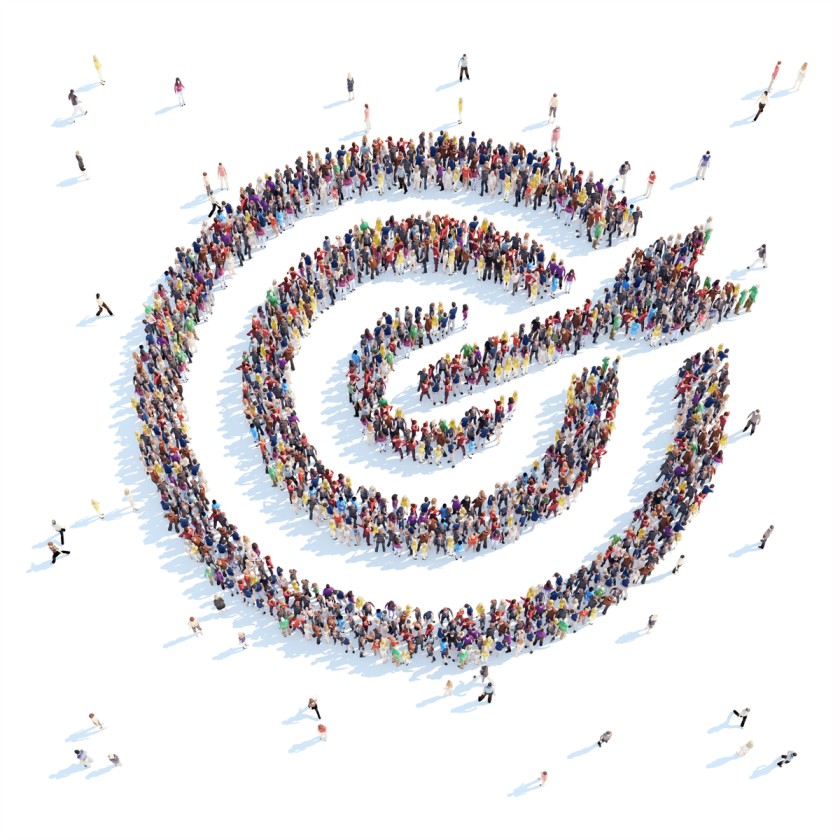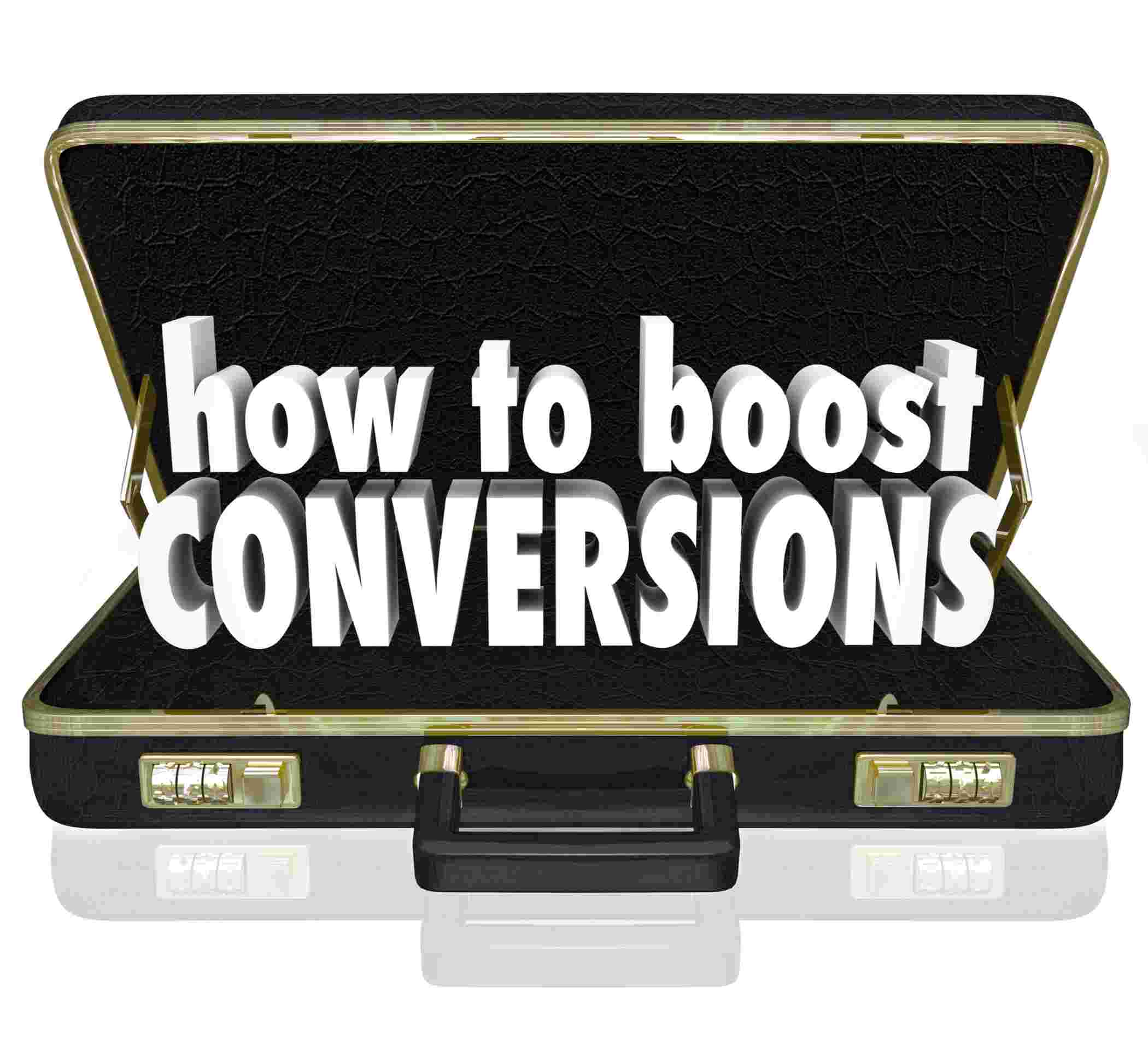5 Branding Questions You Should Ask Yourself If You Want To Start a Fashion Label


Entrepreneurship is for those who are passionate about something. One can have an exquisite lifestyle working for brands and eventually start a fashion label. But, owning a business could be extremely rewarding and profitable.
It takes sheer determination and hard work to start a fashion label. Here are some fashion branding questions to ponder upon before launching a fashion label:
1. Do I have the mentality to start a fashion label? What are the fashion branding questions I should begin with?
Starting a business alone can be taxing, especially without a team. The initial business days can be lengthy, and people can feel lonely and dejected. Moreover, there is no income stability unless there is another source of income. And so, one may thus question their decision often. Similarly, doing long shifts at a job, working for someone else often makes one think about starting their own business. The same number of long hours and sleepless nights can be spent working for themselves rather than someone else. It may feel a bit lonely in the beginning, but connecting with other business owners within the fashion industry would help in understanding their experiences and getting feedback on the business. It helps in learning more about one's customers and the products that resonate with them; it helps in stabilizing income and adopting a more focused approach. Fashion branding labels can also connect with clothing manufacturers on Fashinza to ease out their sourcing process.
2. Who is the brand for, and what is so special about it?

Why would someone buy from one? What makes one's brand so special? These are the questions asked by the customers. A big reason for people to buy from one is that they resonate with the story of the fashion brand. It is important to know who one's exact customer is and define the areas of one's business. It is the uniqueness behind the fashion branding idea that needs to be made accessible to the customer. In the words of singer Steve Arrington, “Nobody can be one, but one.”
How would one design or develop one's brand?
Top fashion companies such as Zara, H&M, and Gucci have a certain design philosophy behind their fashion branding strategy that helps them communicate their brand identity to their clients. It comprises several elements, such as:
Name: Ensure that it is easy to pronounce and the customers remember the name. The name should be unique, and no existing business should be using it.
Logo: The symbol should resonate with the philosophy of the clothing business and depict the story of the business. Using a minimalistic approach has worked for most businesses.
Colors Focused: The colors used for the logo, brand, and website should be well thought through. It reflects the identity of one's work. Deep blue and white, for instance, depict trustworthiness and peace, respectively.
Apparel designs also reflect a firm’s fashion branding identity. Shapes, colors, and textures are all factors to consider when creating apparel. If mannequins and fabrics are available to experiment with, designs based on common shapes, such as an A-line skirt, can be made. Accessible fabrics, like denim, can also help develop brand identity and collection.
Who is my target audience?
One's goal isn't only to find an item of clothing that should exist; it's also to figure out who the target market for that product is. It is important to define the customers, keeping their tastes and preferences in mind. After all, great design is useless if there are no potential clients.
Consider the advantages and disadvantages of targeting specific demographics with a given fashion branding identity. Young individuals, for example, are more style-conscious and may be more sensitive to web marketing and word-of-mouth, but they may also have limited financial resources. Customers in their forties and fifties may be able to pay a higher price point, but they may be less interested in style and already committed to a brand. Many times, clients like tailor made apparel for themselves, and once one does a good job at it, it becomes a repeat business.
Customer demographics - What is the location of the customer? What is the age of the customer? What's their gender identity? What is their disposable income?
Customer Behavior - What is influencing the lives of one's customers? When do they buy clothes? What is the decision-making process of one's customers? What else do they shop for?
What are my scope and endgame?

It is important to define the scope of the business, and it requires an effective employer brand approach. A flourishing business that has expanded requires senior management commitment and close cooperation between the top management, marketing, and HR. Most of the time, lack of funding and buy-in from top management can become the biggest obstacle for a successful employer brand.
- Where does one see themselves and one's business in 5 years? 10 years? 15 years?
- Does one still want to be working or running it?
- Does one want to sell it?
- Does one want to do an IPO?
- Does one want to be acquired?
- Do one want to pass it to one's children?
All the above mentioned are different scenarios requiring the business to be run differently. It also affects the type of business one chooses. It could be an LLC, partnership, limited partnership, a corporation, or a sole proprietorship. A sole proprietorship is the easiest to start as there is no fee involved, no forms, and one is just ready to go. Hence, if one can decide the scope and endgame of the business, one can do better decision-making during the entire process and move forward towards successful operations.
When starting a fashion branding label, the final step is to decide on the manufacturing partner. One could either tie up with a friend or outsource it to countries like China, Bangladesh, Vietnam, and Myanmar, where the cost of fabric and labor is cheap. To get more information about manufacturers and tie-ups, log on to Fashinza.



















